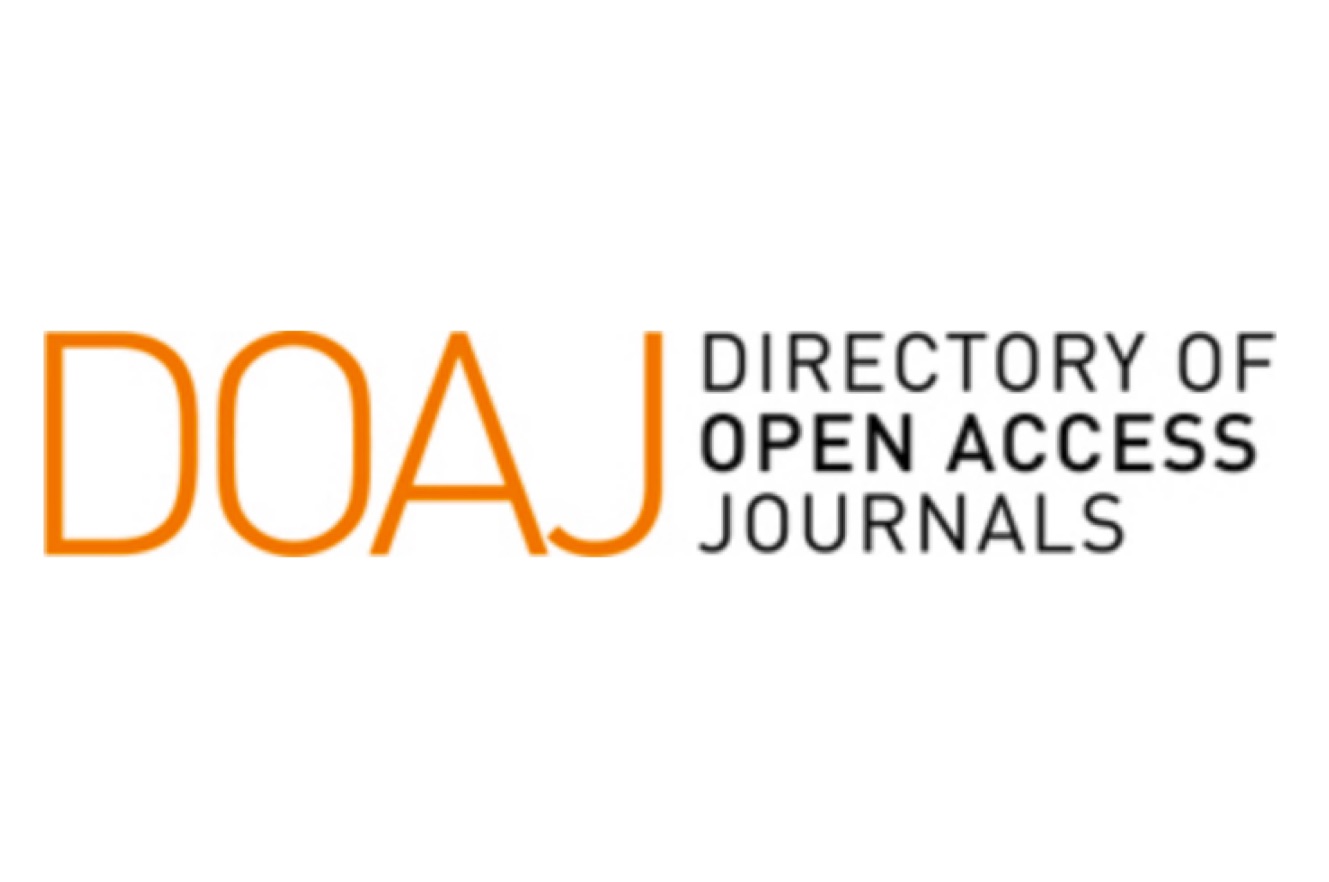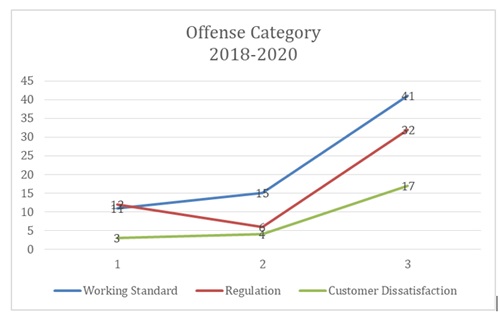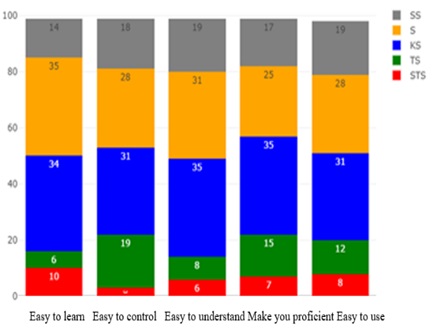MULTIPLIER EFEK PENINGKATAN INVESTASI SEKTOR INDUSTRI PENGOLAHAN DI KAWASAN INDUSTRI TERHADAP KINERJA SEKTOR PENGANGKUTAN/LOGISTIK
Downloads
The manufacturing industry sector is an economic sector that provides the largest contribution to the national economy so that the performance of the manufacturing industry greatly affects overall economic performance. Industrial sector investment is currently required to be located within industrial estates in order to improve efficiency, organize space, manage the environment and optimize the multiplier effects on other economic sectors. This study aims to analyze the multiplier effects of increased investment in the manufacturing industry sector in industrial estate on the performance of the transport/logistics sector. The analysis model uses the Social Accounting Matrix (SAM) Model, which is an effect multiplier analysis. The results of the research show that the increase in investment in the manufacturing industry sector located in the industrial area provides a multiplier effect on improving the performance of the transportation/logistics sector in the form of increased transportation/logistics sector revenues.
Downloads
Alexander, P.C. (1963). Industrial estates in India. Asia Pub. House
Banerjee, A., Duflo, E., & Qian, N. (2012). On the Road: access to Transportation Infrastructure and Economic Growth in Chin. NBER Working Paper. 17897.
Bredo, W. (1960). Industrial Estatate for Tool Industrialzation. International Industrial Development Center. Stanford Research Institute.
Cheng, G.P., Liu, W., Xie, C.W., & Zhou, J. (2010). The Contribution of Logistics Industry to Economic Growth Based on Logis Model. International Conference of Information Science and Management Engineering.
Dedeić P, & Brnjas Z. (2012). In: Managing Structural Changes: Trends And Requirements. Faculty of Economics, Coimbra. 589-610.
Egert, B., Kozluk, T., & Sutherland, D. (2009). Infrastructure and Growth: empirical Evidence. William Davidson Institute Working Paper. 957.
Fujita, M., & Thiesse, JF. (2002). Economics of Agglomeration: Cities, Industrial Location and Regional Growth. Cambridge: Cambridge University Press.
Jhawar, A., Khera, SN., & Garg, SK. (2017). Improving Logistics Performance Through Investments and Policy Intervention: A Causal Loop Model. International Journal of Productivity and Quality Management, 20(3): 363.
Kayode, O., Adegbemi Babatunde, O., & Abiodun, F.O. (2013). An empirical analysis of transport ınfrastructure ınvestment and economic growth in Nigeria. Social Sciences, 2(6): 179-188.
Round, J. (1981). Income Distribution within a Social Accounting Matrix: A Review of some Experience in Malaysia and other L.D.C.'s. Development Research Centre-University of Warwick. Discussion Paper No. 3.
Sjafrizal. (2012). Ekonomi Wilayah dan Perkotaan. Jakarta: Raja Grafindo Persada.
Thorbecke, E. (1988). The Social Accounting Matrix dan Consistency-Type. Washington. D.C.: The World Bank.
Wirabrata, A., & Silalahi, SAF. (2012). Hubungan Infrastruktur Transportasi dan Biaya Logistik. Jurnal Ekonomi & Kebijakan Publik, 3: 79-90.
Zhang, Jiang, J., Li, S., Li, X., & Zhan, Q. (2017). Optimal Investment Timing and Size of a Logistics Park: A Real Options Perspective Dezhi. Hindawi Complexity: 12
JMIL Jurnal Manajemen Industri dan Logistik (Journal of Industrial and Logistics Management) is an Open Access Journal. The authors who publish the manuscript in JMIL Jurnal Manajemen Industri dan Logistik agree to the following terms:

JMIL Jurnal Manajemen Industri dan Logistik is licensed under a Creative Commons Attribution 4.0 International License. This permits anyone to copy, redistribute, remix, transmit and adapt the work provided the original work and source is appropriately cited.
This means:
(1) Under the CC-BY license, authors retain ownership of the copyright for their article, but authors grant others permission to use the content of publications in JMIL Jurnal Manajemen Industri dan Logistik in whole or in part provided that the original work is properly cited. Users (redistributors) of JMIL Jurnal Manajemen Industri dan Logistik are required to cite the original source, including the author's names, JMIL Jurnal Manajemen Industri dan Logistik as the initial source of publication, year of publication, volume number, issue, and Digital Object Identifier (DOI); (2) Authors grant JMIL Jurnal Manajemen Industri dan Logistik the right of first publication. Although authors remain the copyright owner.





























